Step into this House: Michael Ross, ilana Crispi, Leigh Merrill
February-March 2018
Desai | Matta Gallery
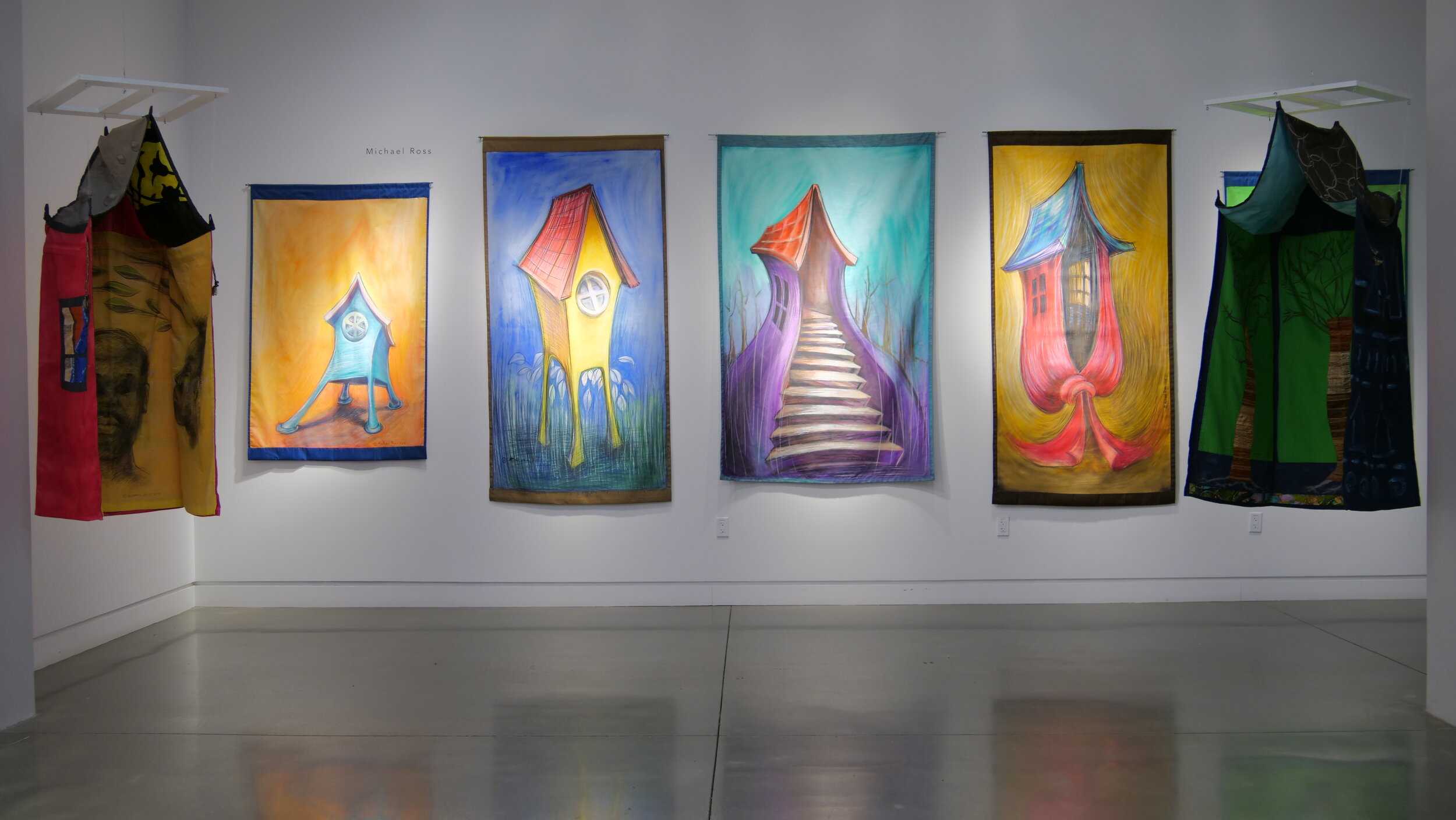
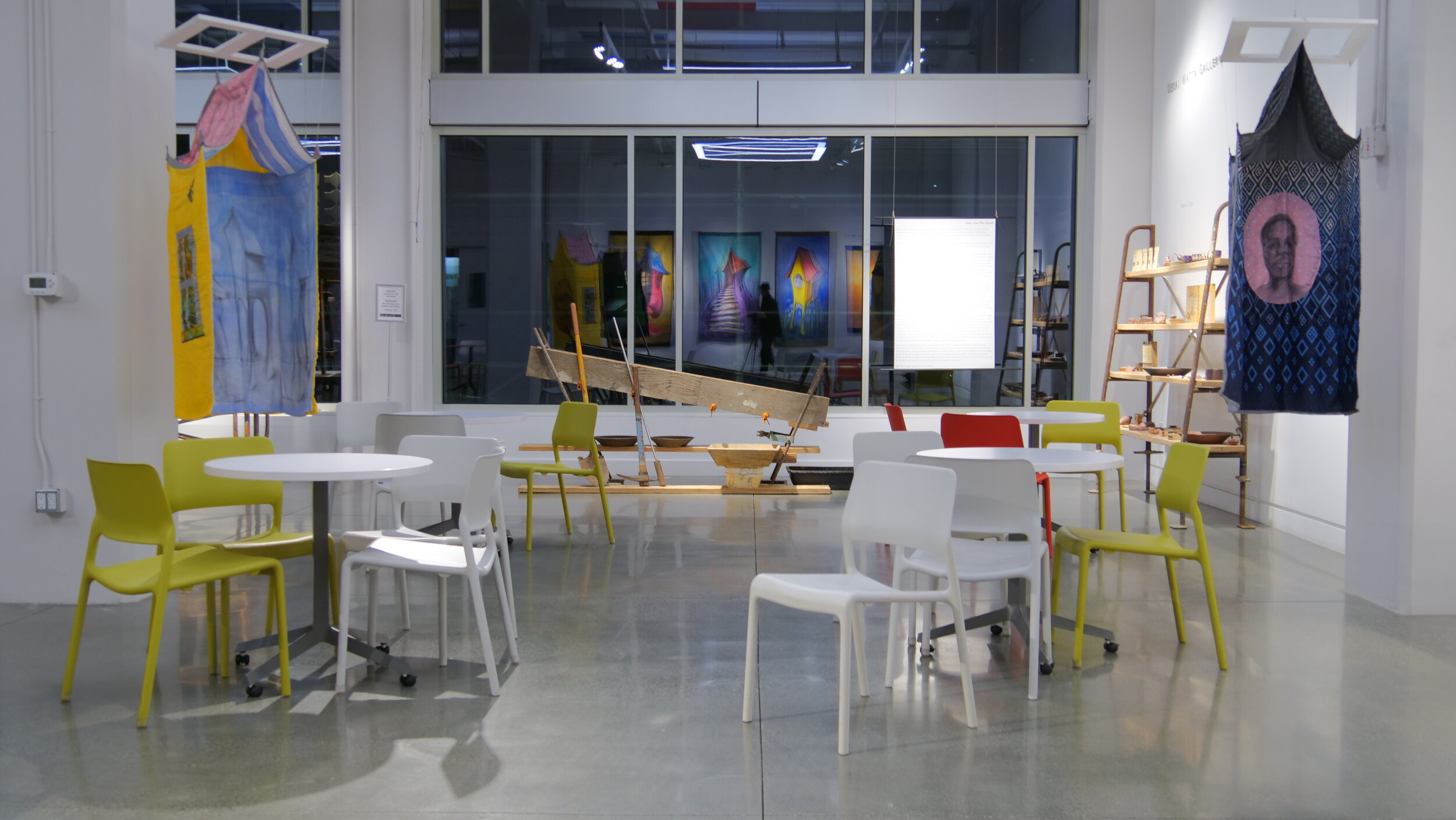

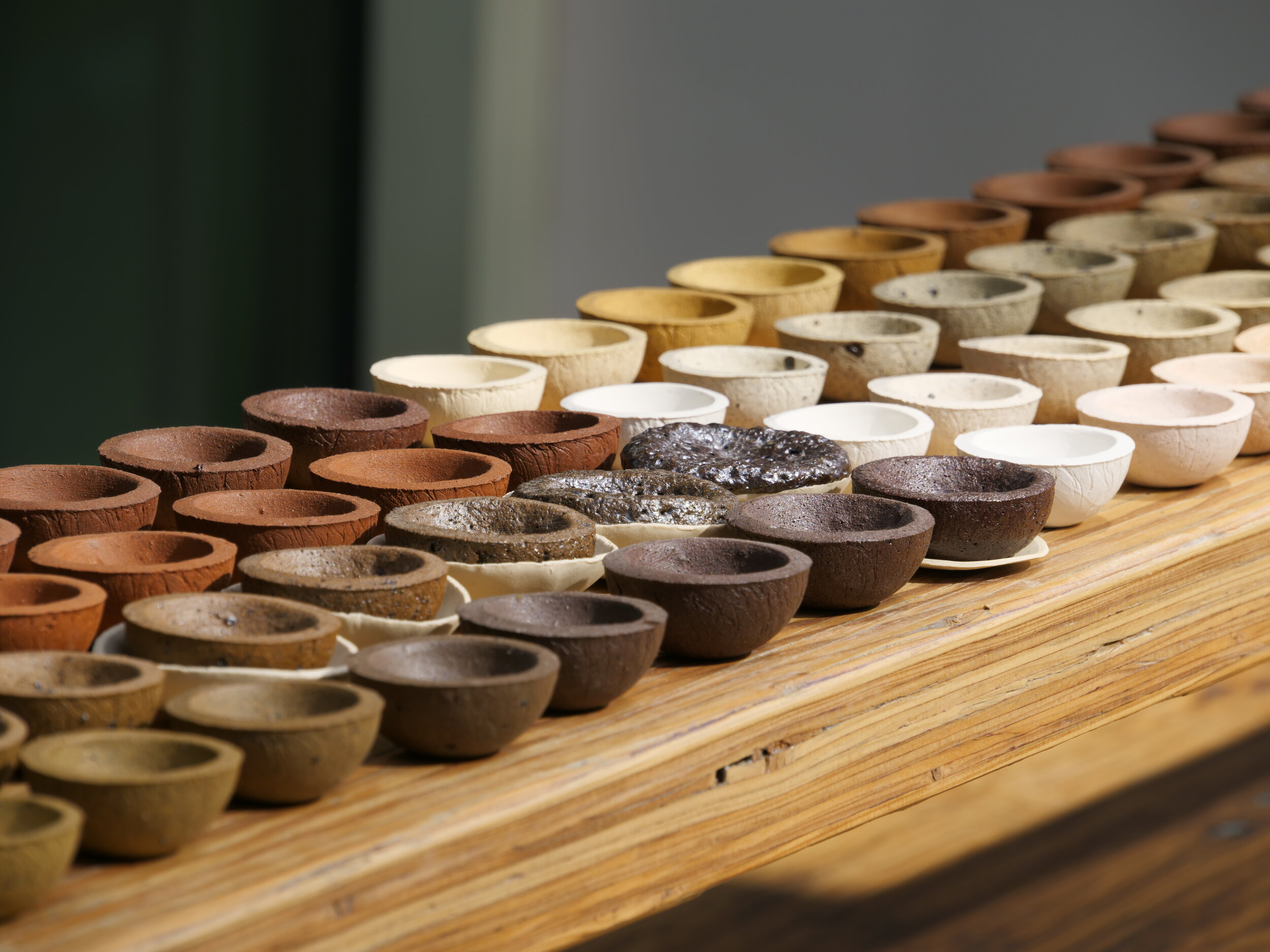
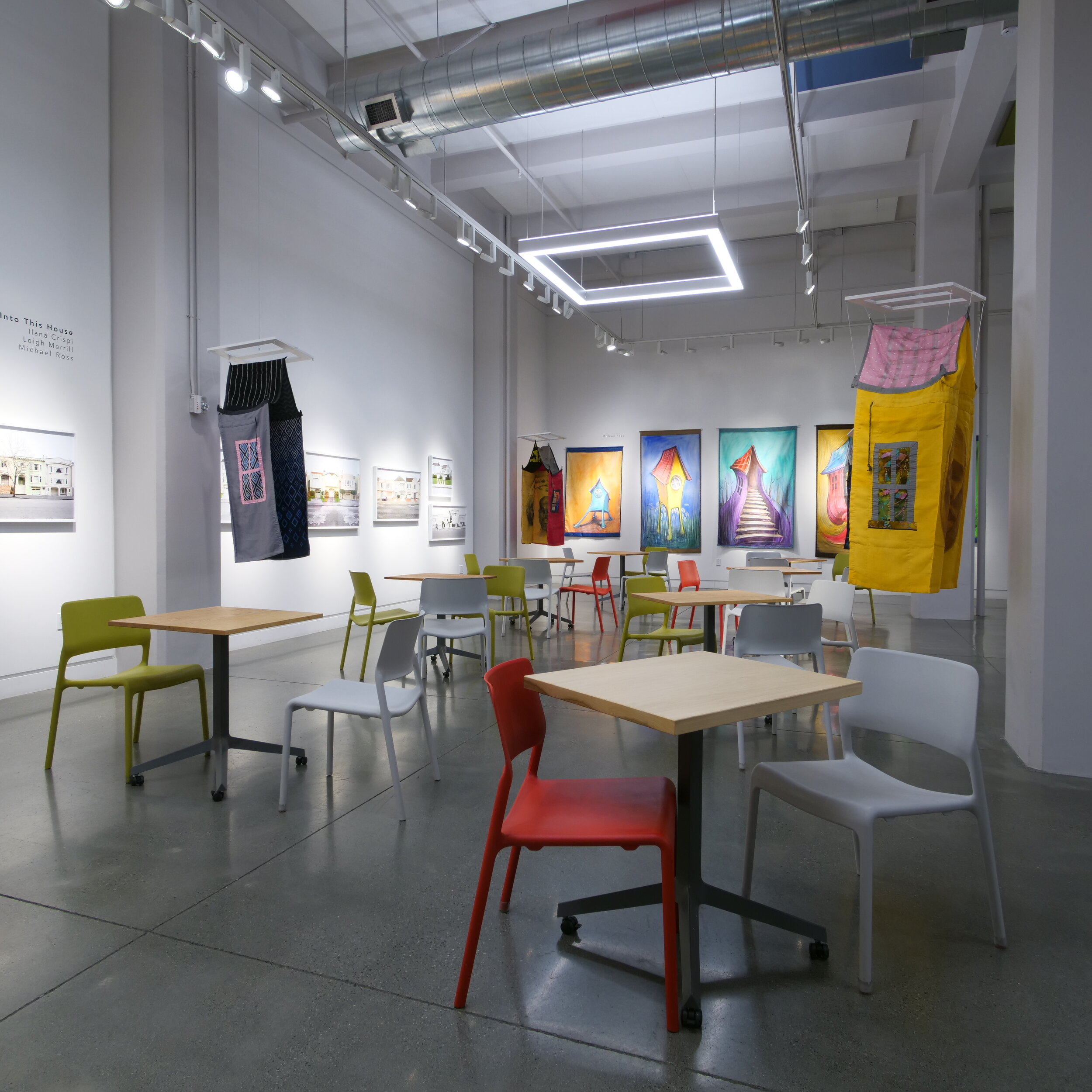
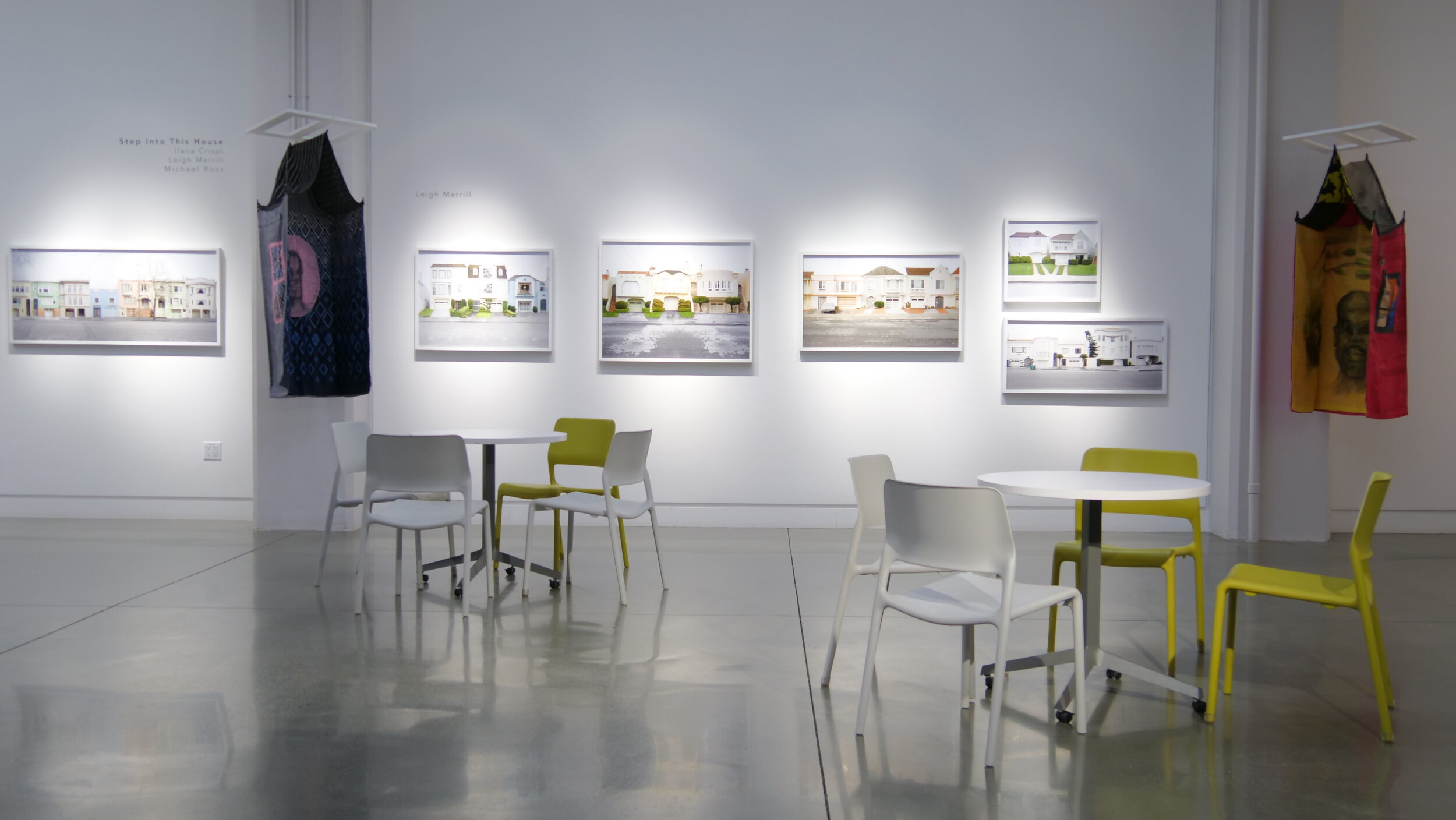
Home. An invitation to memory, desire, belonging. It can be–but often is not–one and the same as the structure that shelters us; it can also be the land, the ecology of place that speaks to our cells and our memories, that feels like home. We know it when we find it and feel it just as profoundly when we are not there.
Against a backdrop where house and home are contested, when rising rents and the fear and reality of gentrification render unstable the foundation, we bring together three artists who create work about home from distinct vantage points.
Ilana Crispi, with pick ax and shovel in hand, went down what felt like an old mine shaft¬ to dig into the dirt under her Mission apartment, searching for deposits of gold that hold echoes of the mid-19th century rush for wealth. Ironically, that soil, absent the shining mineral, now represents its own rush for profit, a land grab, a real estate boom that makes the soil under our feet some of the most expensive anywhere. The artist uses that soil, heavy with clay from the now buried Mission Creek, to create fired ceramics with which she shares tea with her neighbors and nurtures native plants. Linking ecology and culture, Crispi’s work explores the way in which the landscape has been transformed over centuries to mirror the desires and imaginations of the waves of immigrant groups who have made this place home.
Leigh Merrill’s Streets offer us a view of San Francisco architecture that is not the Victorians the City is known for, but stuccoed houses in western neighborhoods that waver tenuously between urban and suburban. In these homes, and in their relationship to the public street, Merrill found metaphors for beauty, class identification, romanticism and even perfection. She ultimately made thousands of photographs which she then digitally assembled and reassembled, stitching together countless bits and pieces of structure and landscaping, offering us back streetscapes that, like dreams, waver between reality, the implausible, and even the nonsensical. Her surreal constructions of a place so familiar offer us–in a strangely idiosyncratic topiary, or a mix of architectural styles, or a small plot of lawn referencing British estates–narratives of collective desire of which we are only partially conscious.
Michael Ross’ houses stretch and leap and shimmy across the canvas, figures moving through space and time, weathering migrations and displacement; these are the homes we carry with us in stories, in memory, and in collective communities. In the 1940s, African Americans in the South moved North and West. Today Black San Franciscans are being displaced from their homes. In each stitch and brushstroke, the artist considers these movements that are both individual and collective. The artist himself recently moved from San Francisco back to his childhood home in southern Mississippi. In conversation with the nails and boards with which his father built this house in the 1940s, the artist has taken up needle, thread, and fabric bolt, considering the lessons embodied in each practice of home-making.
From the outward facing gallery windows to the interior space at the rear of the gallery, from the soil on which we stand, to the structure of the house as an expression of economic standing and culturally constructed desire, to the interior psychological space of home, these artists invite us to step into this house. In the process we re-see and reconsider what we think we know, engaging the political, social, psychological, and economic dimensions of a concept and reality foundational to our collective narrative.
Deirdre Visser, Curator of The Arts